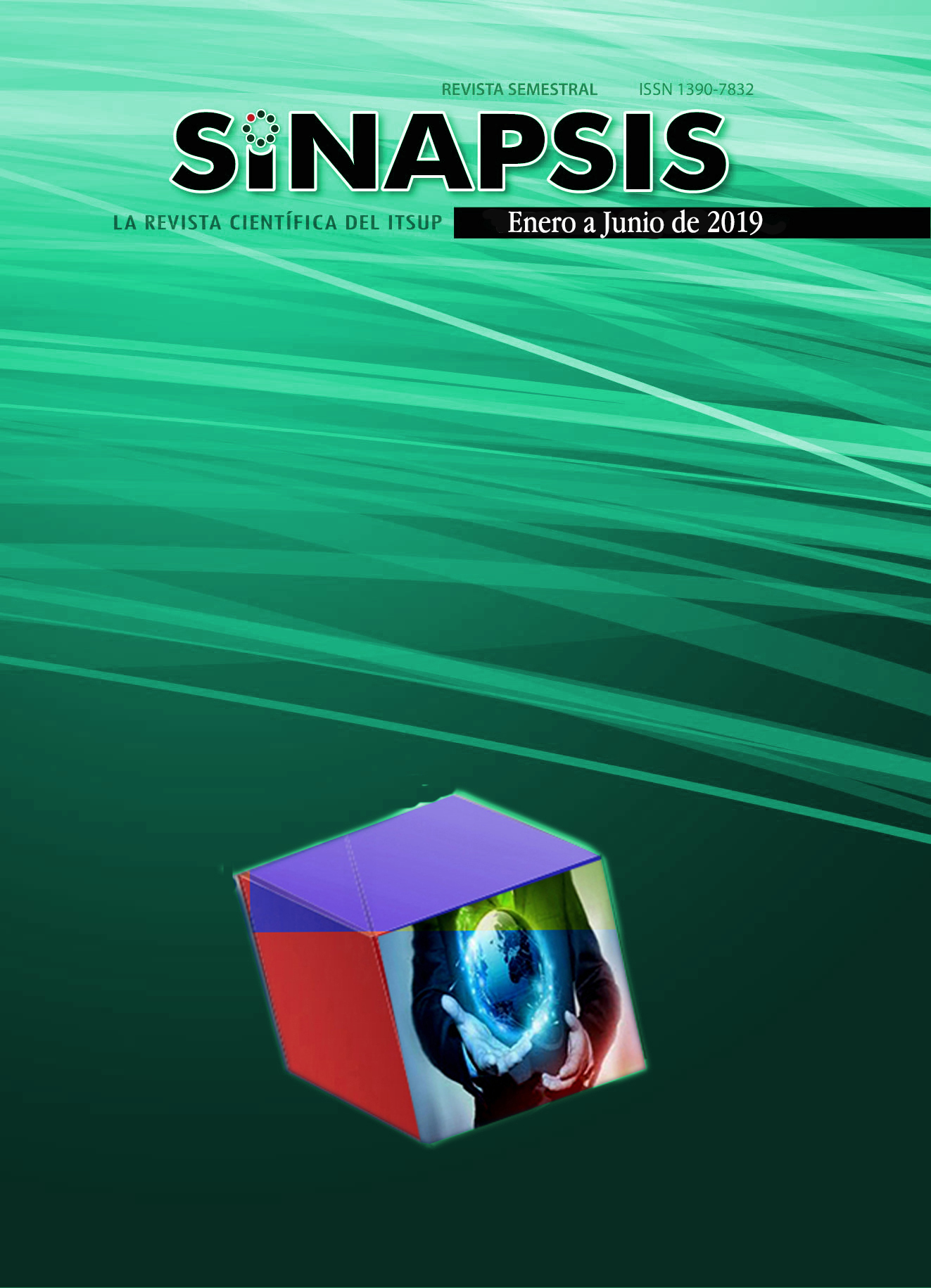Trend of use of technology in university students of El Carmen - Manabí
DOI:
https://doi.org/10.37117/s.v1i14.193Keywords:
Education, Technology, Communication, Technological devices, UsersAbstract
The objective of this research work was the frequency of use of technology in students of higher education in the city of El Carmen - Ecuador, as well as the investment made in the purchase of devices for this purpose, this analysis describes the outstanding characteristics of the use that the university students give technology within the educational field, for which a survey is applied to the students of the Laica Eloy Alfaro de Manabí University Extension in El Carmen that had 1328 students during the first semester of the academic period 2018 - 2019, which belong to the careers of Ingeniería of Systems, Bachelor of Accounting and Auditing, Agricultural Engineering and Bachelor of Basic Education. As a basis for the present analysis, a random sample of 442 students was taken into consideration, this as a result of the application of the sample formula where a confidence level of 99% and an error margin of 5% was considered, information was processed using the Statistical Package for the Social Sciences (SPSS) software and the application of the analytic-synthetic and deductive methods. The main results obtained were that the student population mostly has medium and low-end technological equipment, which is used on average from 4 to 8 hours a day, especially during the night shift, and its use is mainly focused on educational activities, of research and communication.
Downloads
References
Adell, J. (1997). Tendencias en educación en la sociedad de las tecnologías de la información. Edutec-e. Obtenido de http://www.edutec.es/revista/index.php/edutec-e/article/view/570/299
Cabero Almenara, J. (1996). Nuevas Tecnologias, comunicacion y educación. EDUTEC. Obtenido de http://www.edutec.es/revista/index.php/edutec-e/article/view/576/305
Calderón Bayona, J. (19 de Abril de 2018). ¿Cuántas horas debe dormir un estudiante? El nuevo día.
Franco Crespo, A. (2013). El uso de la tecnología: determinación del tiempo que los jóvenes de entre 12 y 18 años dedican a los equipos tecnológicos. Revista Iberoamericana de Educación a Distancia.
Hernández-Sampieri, R., Fernández Collado, C., & Baptista Lucio, P. (2014). Metodología de la investigación. México: McGrawHill.
INEC. (2014). Principales Indicadores de Actividades de Ciencia, Tecnología e innovación.
INEC. (2017). Tecnologías de la información y la comunicación.
Jiménez Rodríguez, V., & Alvarado Izquierdo, J. M. (2017). Validación de un cuestionario para medir frecuencia y
amplitud de uso de las TIC. Edutec. Revista electrónica de tecnología educativa.
Sunkel, G., Trucco, D., & Möller, S. (2011). Aprender y enseñar con las tecnologías de la información y las comunicaciones en América Latina. Potenciales beneficios. Serie Políticas Sociales, N° 169 (LC/L.3291-P). Obtenido de https://repositorio.cepal.org/bitstream/handle/11362/6177/1/S2011902_es.pdf
Tello Leal, E. (2008). Las tecnologías de la información y comunicaciones (TIC) y la brecha digital: su impacto en la sociedad de México. Revista de Universidad y Sociedad del Conocimiento. Obtenido de https://www.raco.cat/index.php/Rusc/article/viewFile/78534/102611
UNESCO. (2014). Enseñanza y aprendizaje: lograr la calidad para todos. Francia: UNESCO. Obtenido de https://unesdoc.unesco.org/ark:/48223/pf0000225654_spa
Valiente Rosell, G. (04 de 07 de 2017). La esclavitud tecnológica. Siglo XXI.
Downloads
Published
How to Cite
Issue
Section
License
El Copyright posee el propósito de proteger tanto la propiedad intelectual de los autores como sus resultados. El comité editorial de la Revista Sinapsis se compromete con los autores a proteger, defender y preservar tanto su trabajo como su reputación, y toma muy en serio las acusaciones de infracción, plagio, disputas éticas y fraude. Si un autor se da cuenta de un posible plagio, copia de resultados, fraude o infracción, le rogamos que se comunique con la mayor brevedad posible con el comité editorial de la revista Sinapsis.
CC BY-NC-ND: esta licencia permite a los reutilizadores copiar y distribuir el material en cualquier medio o formato solo sin adaptarlo, solo con fines no comerciales y siempre que se le atribuya al creador.
Términos de Licencia:
Reconocimiento: debe otorgar el crédito correspondiente, proporcionar un enlace a la licencia e indicar si se realizaron cambios. Puede hacerlo de cualquier manera razonable, pero no de ninguna manera que sugiera que el licenciante lo respalda a usted o su uso.
No comercial: no puede utilizar el material con fines comerciales.
No Derivada: si remezcla, transforma o construye sobre el material, no puede distribuir el material modificado.
Sin restricciones adicionales: no puede aplicar términos legales o medidas tecnológicas que restrinjan legalmente a otros de hacer cualquier cosa que permita la licencia.
El autor esta en la obligación de seguir las exigencias según lo instruido en la licencia ubicada en el enlace: https://creativecommons.org/licenses/by-nc-nd/4.0/deed.es






